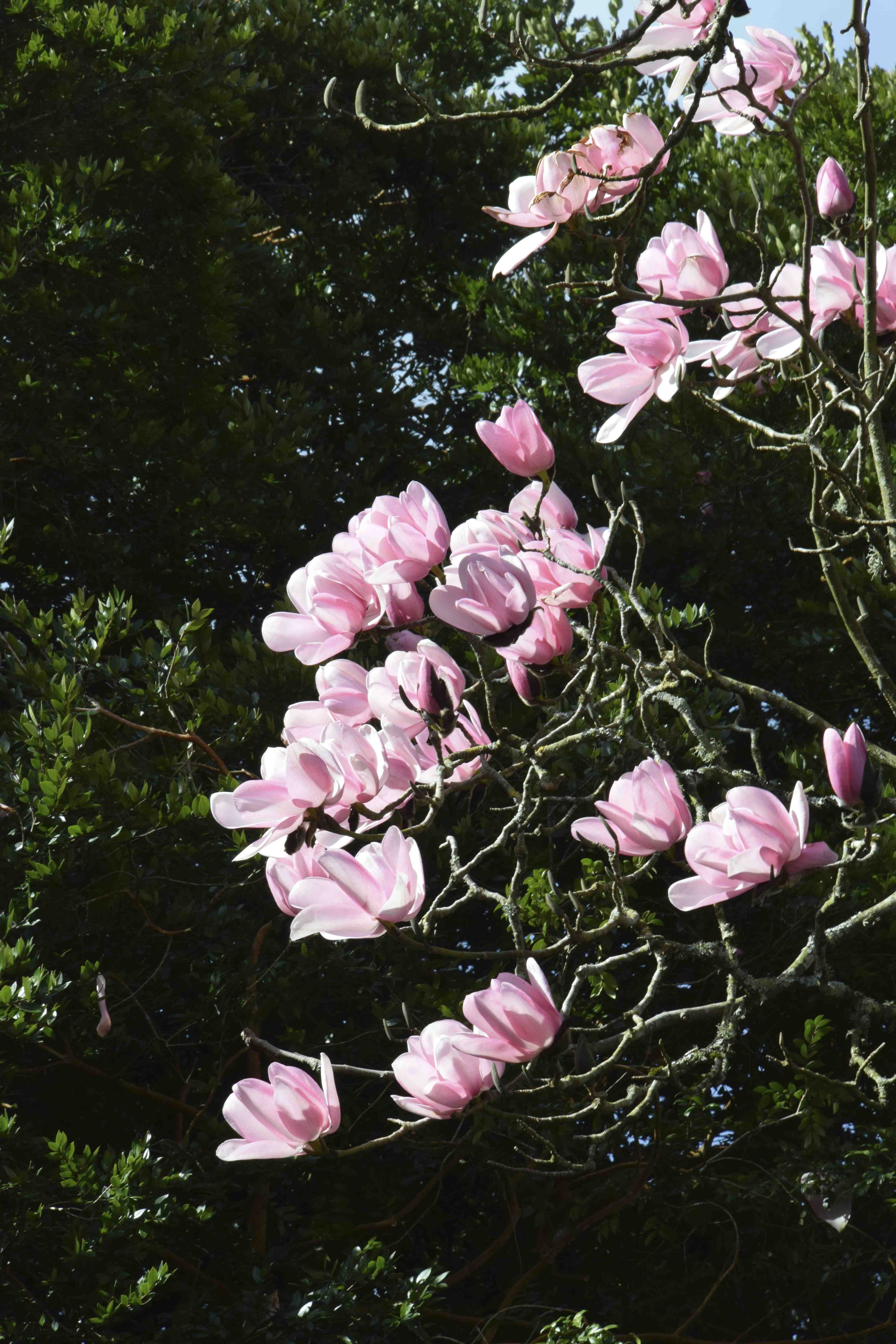
Magnolias are the most beautiful of all flowering trees. They also have the largest flowers of any hardy trees. Although there are species that bloom throughout summer we tend to plant the spring-flowering kinds. By far the most popular is the pink and white M. x soulangeana (below). It is a good choice for most gardens and eventually a small tree that flowers reliably.
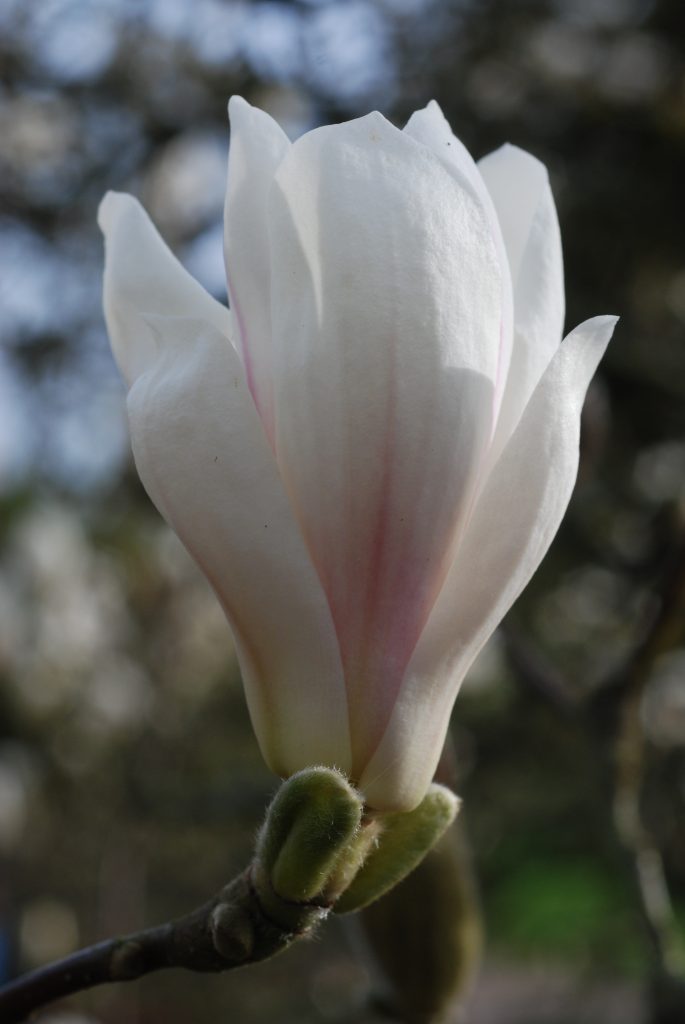
Magnolias are not all for every garden. In general they prefer a neutral or acid soil and most do not do well in alkaline and chalky soils. They will grow in clay as well as sandy soils but they must have the soil improved with lots of organic matter to thrive. So dig over a large planting area and improve it with well rotted manure, compost or leaf mould. Do not just dig a hole and fill it with compost – this will act as a sump and the roots will rot. The roots need moisture but will not tolerate waterlogging. Magnolias have a reputation for disliking transplanting but if you buy potted plants this is not an issue and you can plant at any time, as long as you keep the newly planted magnolia well watered until it is established – and that may mean throughout the first year in dry periods.
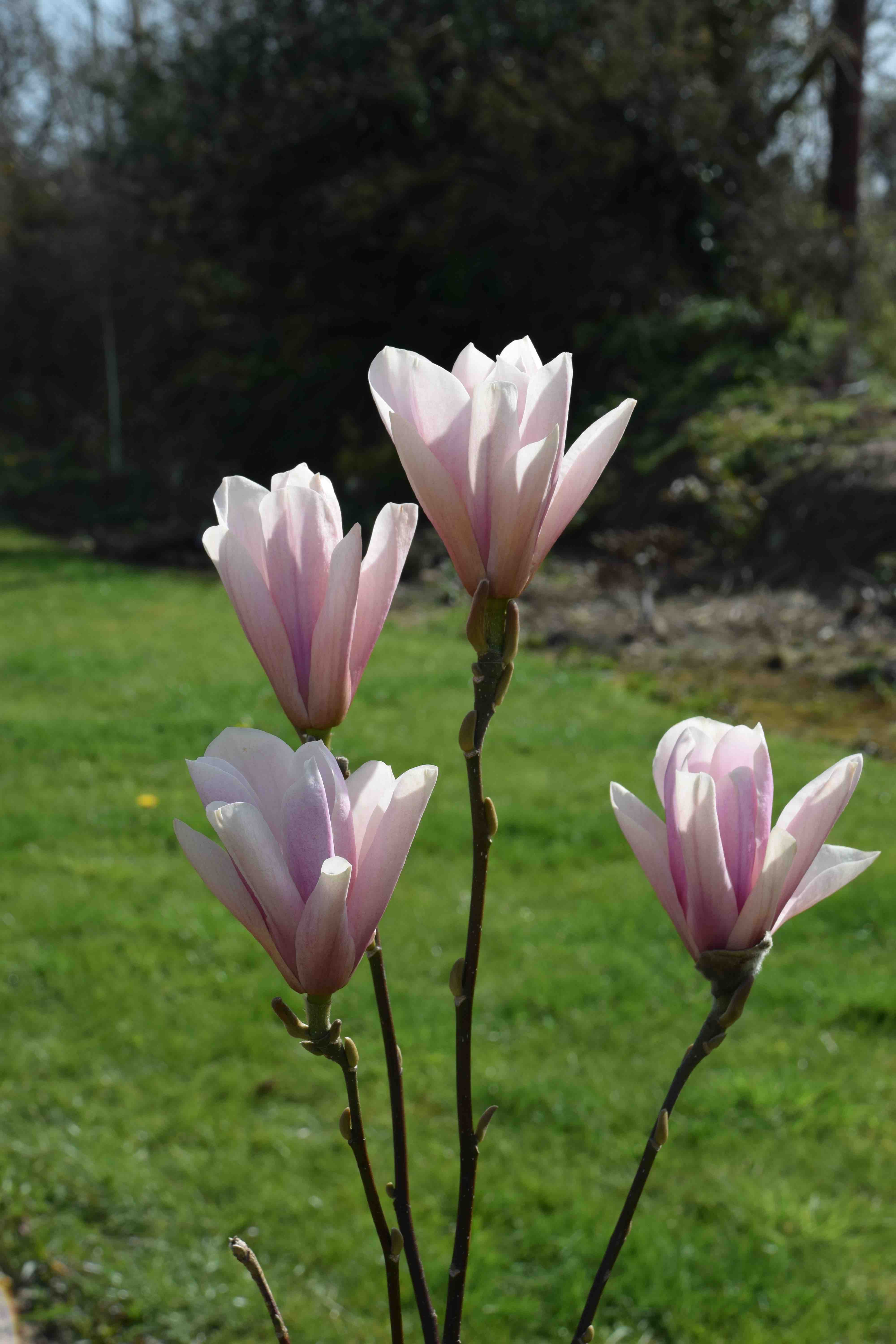
The biggest problem with magnolias is late frosts in spring. I am pleased that mine are not showing signs of growth yet but these sharp frosts we are having at the moment will turn the pink flowers brown. Some magnolias save some buds to open later but it is awful when the beautiful flowers are ruined overnight. The large leaves are prone to damage from strong winds so, if possible, choose a sheltered spot, although the plants are totally hardy in winter. An ideal spot is at the edge of woodland where tall trees give some wind protection and the branches overhead prevent severe damage from radiation frosts. Above and below you can see my magnolia ‘Heaven Scent’, a young tree that was flowering well last April. But we had one severe frost on May 17th last year that killed the new growth. But it did make new growth and recovered and looks as though I will have flowers this spring.
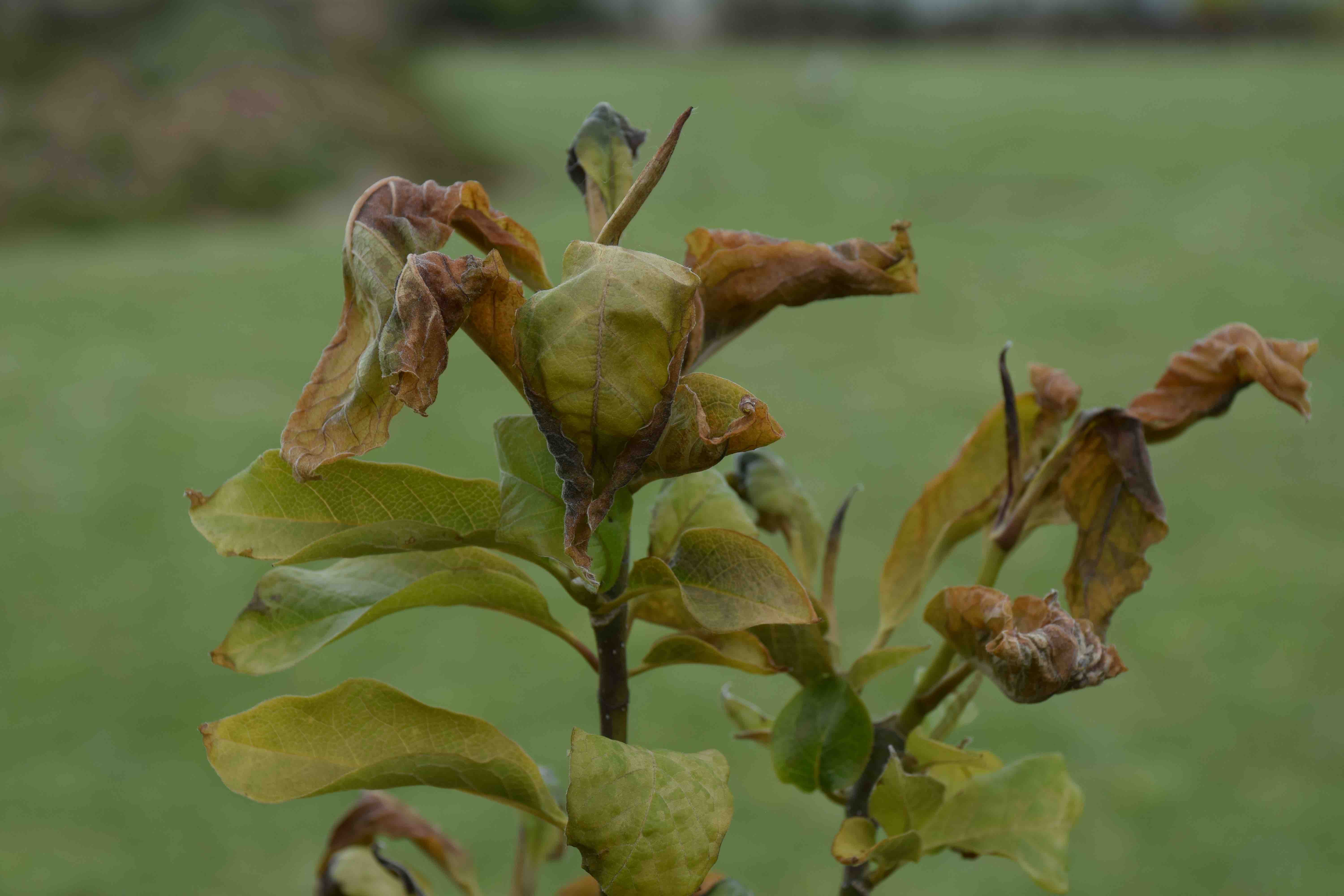
There are lots of magnolias to choose from. Most people like theirs big and pink but, if you want something different there are lots more. A good choice for colder and more exposed gardens is Magnolia stellata. It has a mounded, bushy habit and lots of smaller, white flowers with narrow petals – hence star magnolia (stellata). It has the good habit of saving some buds for later so even if it gets scorched by frost there will still be a good show a few weeks later. It is also very tolerant of less than perfect conditions. But it is typically white and the small flowers do not always give you what you want from a magnolia – a bit like having a low-fat yoghurt instead of full fat Greek! I have planted one myself but so far just the pink form – ‘Rosea’. But another that I have planted is the charming, pink and fragrant ‘Leonard Messel’ bred at Nymans in Sussex. It has slightly more substantial flowers and they are produced freely, even on small plants. I would put it in my top five magnolias.
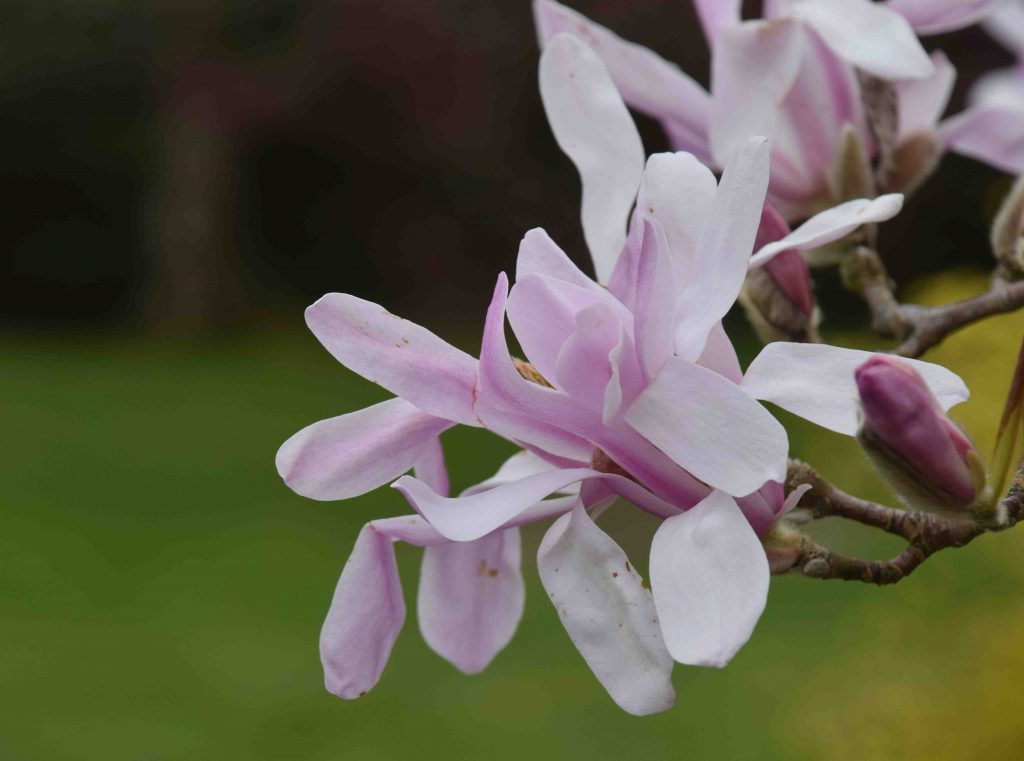
A recent development are the yellow magnolias, made by hybridising the Asian species with the American Cucumber tree (Magnolia acuminata). This is a giant, forest tree with greenish flowers in late spring and summer. These hybrids have pale yellow flowers and, usefully, often flower later than the others, often along with the leaves. The effect is more subtle than most but very charming. ‘Elizabeth’ is a delightful, primrose yellow but there are lots available now. I have planted the slightly deeper yellow ‘Daphne’ and ‘Golden Sun’ (below) is another good choice.
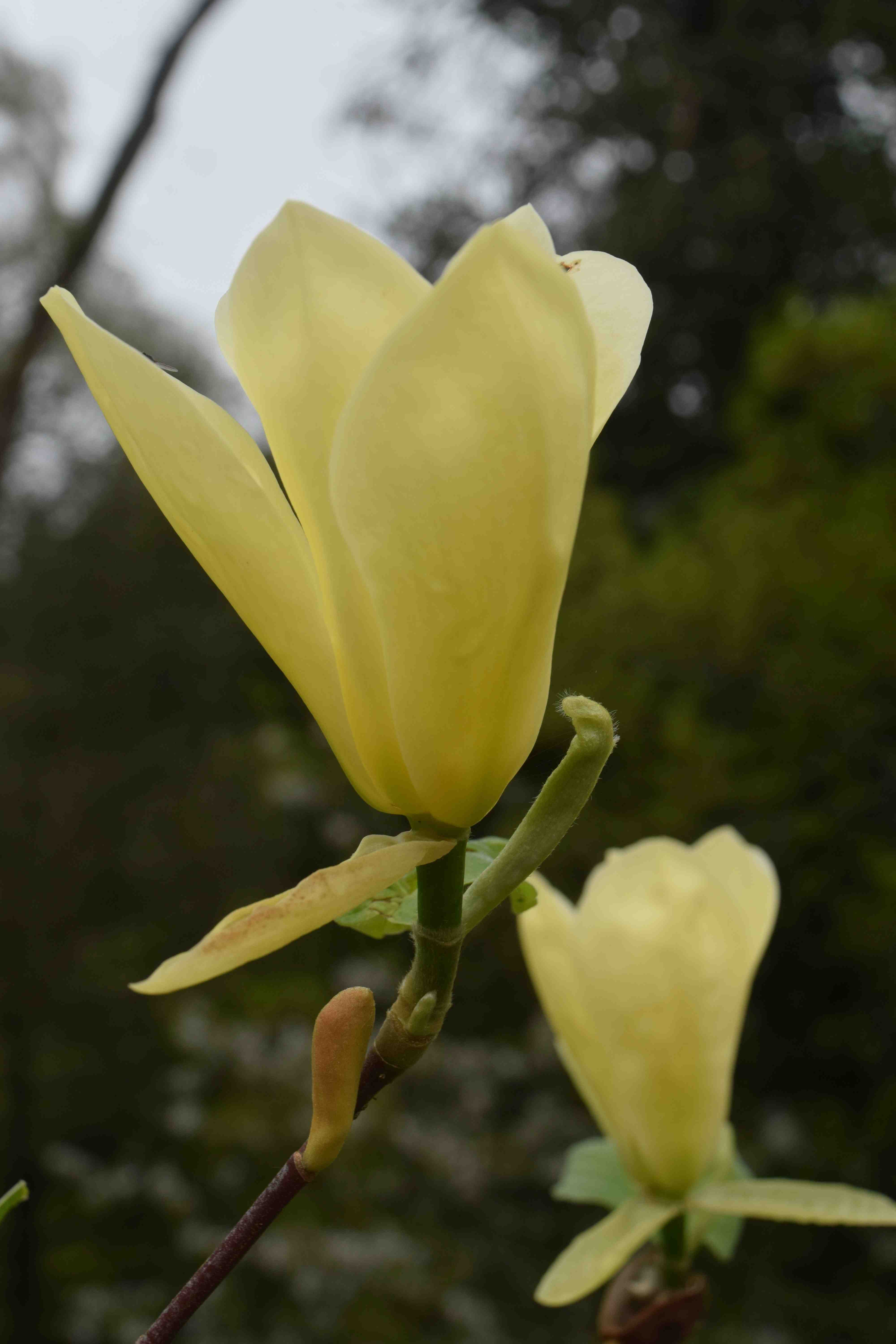
The most spectacular of all are the ‘campbellii’ magnolias but these are only suitable for mild areas. Their huge flowers are replicated in the ‘Jury’ hybrids from New Zealand. All are medium-sized to large trees. ‘Iolanthe’ (below) is huge and spectacular but ‘Star Wars’ is possibly the most popular.
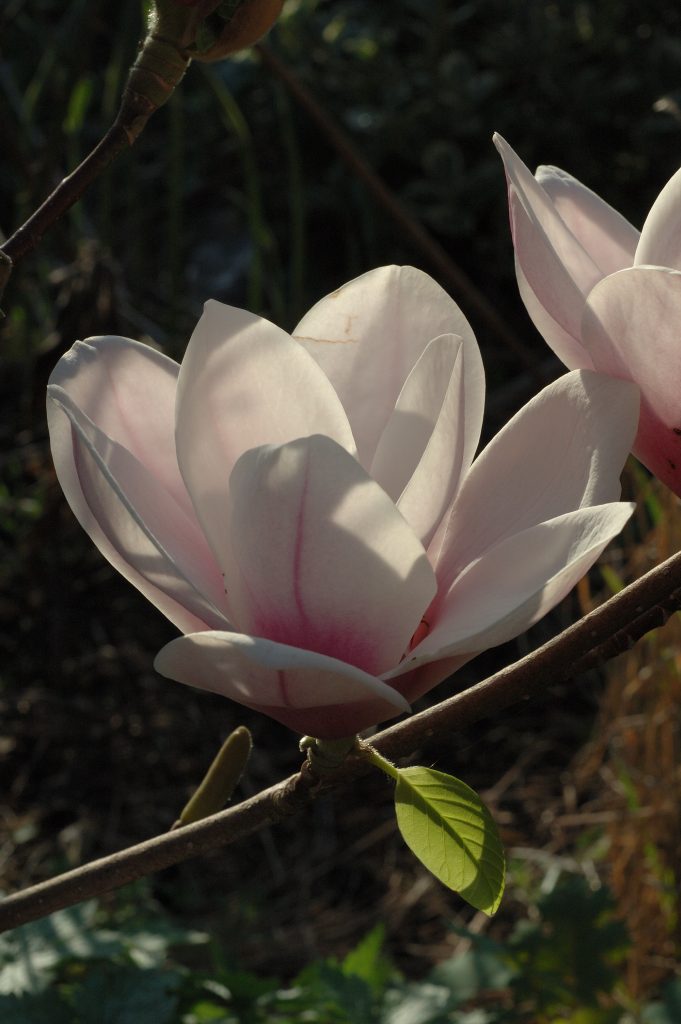
Magnolias are not inexpensive but will give you many years of delight. They will be the pride of your garden for years to come. Just remember that they are not the ideal plant for outside the lounge window! They will get too big.
You can prune magnolias – do so in summer so you can prune without destroying the shape of the tree. But pruning requires some skill so you do not end up spoiling the natural shape of the tree. If you do prune, just after flowering, the new growth should bloom the following spring.
Magnolias make a great gift, that lasts for years. If the recipient has a small garden stick to M. stellata though.
Happy Easter
Jobs for the week
Deadhead daffodils as the flowers age. Nip off the flowers and seed pods but do not damage the foliage.
Protect any new growth in the garden from overnight frost. The new shoots on pieris are especially prone to damage.
It is the last chance to divide herbaceous plants and ornamental grasses – but water them in well do they don’t dry out in these drying winds